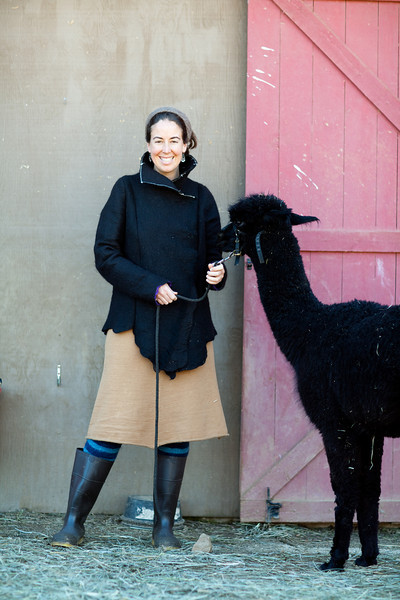Fibershed
The Fibershed project saw the light in 2010, when Rebecca Burgess had the idea to produce an entire wardrobe within a 250 kilometer range. This means that everything -- from harvesting the resources, over manufacturing the textile and the clothes, to dyeing them -- had to happen within this perimeter. Thus Burgess not only wanted to reduce her carbon footprint, but also to put local production in the spotlight. Fibershed grew into an entire movement with some 15 spinoffs all over the world.
Fibershed is committed to local production, organic agriculture and a community that is properly trained. In 2011, Burgess founded the Fibershed market to unite different farmers and manufacturers around the same sustainable business model. A year later, the ‘Fibershed 501c3’ project was set up to teach the local community about the advantages of local production.
The prototypes are produced according to certain regulations. For instance, the dyes have to be all-natural (i.e. free from toxins). The raw materials have to be pesticide-free, and genetically modified crops or synthetic material are an absolute no-go. Fibershed wants to minimize its environmental impact and tries to convince local communities to reduce their CO2 emission during the production process.
